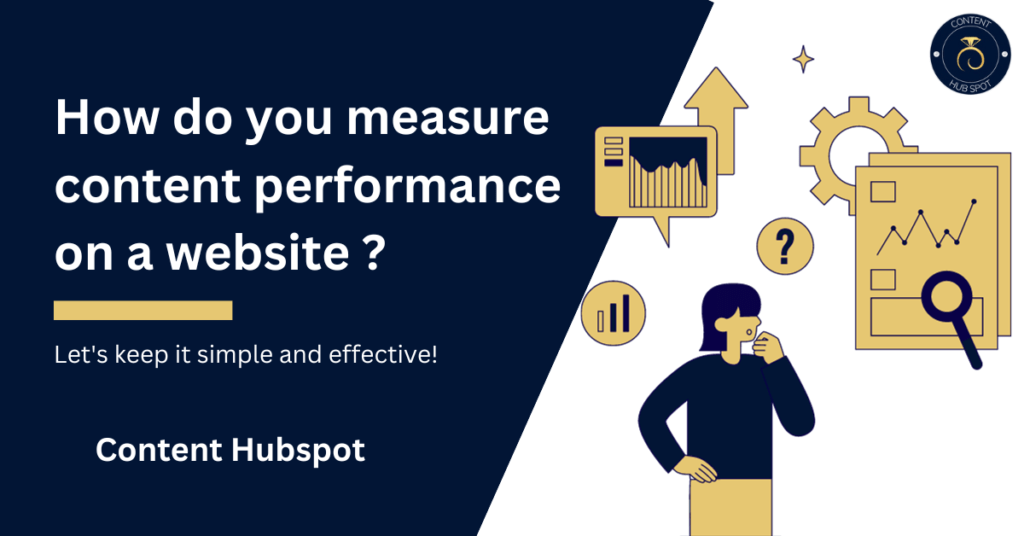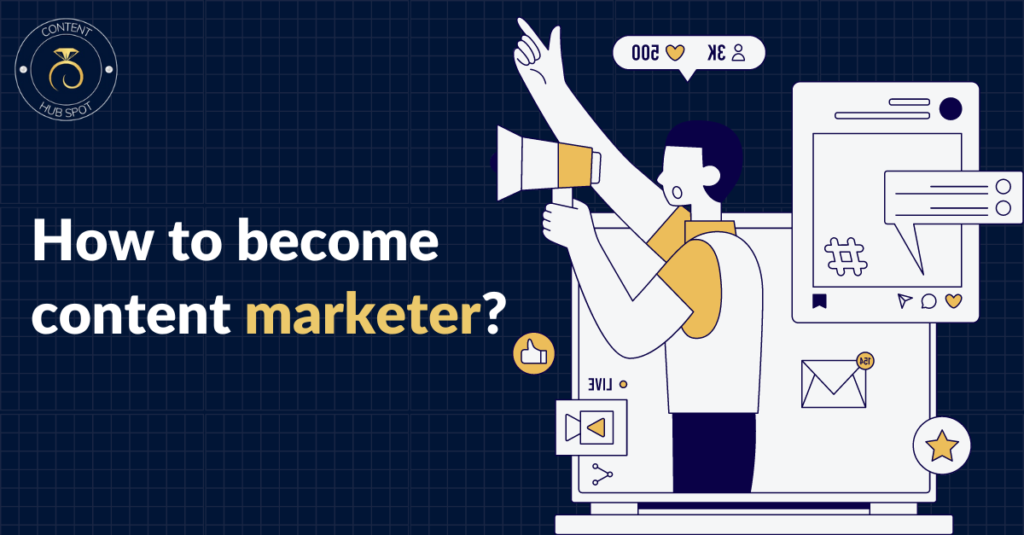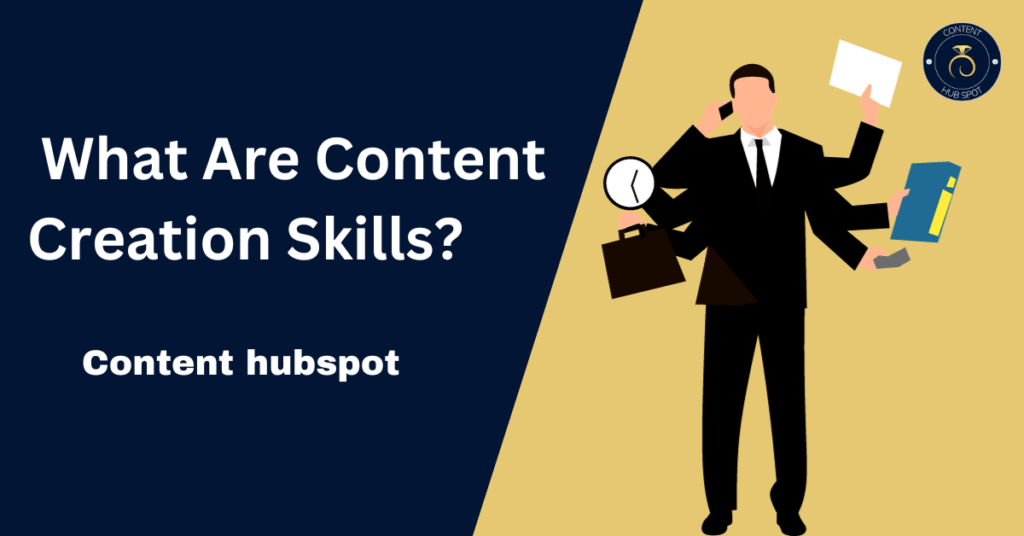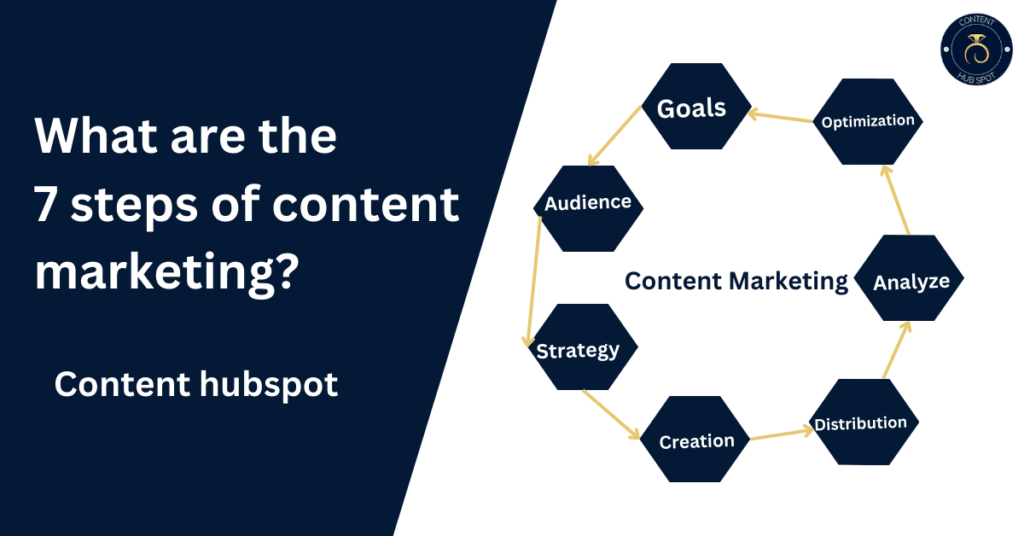In today’s digital age, content is king. With an astonishing 328.77 million terabytes of data created daily and 2 billion videos watched on Twitter alone, standing out in the digital landscape requires more than just good content; it requires epic content.
Whether you’re a company looking to increase brand awareness or a creator aiming to connect with your audience, producing high-quality, engaging content is essential. This guide will explore the five pillars necessary for producing epic content that not only captivates your audience but also drives meaningful results for your business.
From thorough research to continuous improvement, these pillars will help you create content that truly resonates and achieves your marketing goals.
Table of Content
Importance of content in digital marketing
According to what’s the big data, nearly 328.77 million terabytes of data are created daily, and users watch 2 billion videos on Twitter every day.
If you want to grow your online presence, connecting with other people is essential. Whether you are a company or a creator, one effective way to connect with others is through content creation.
Content in digital marketing is important because it helps you provide value and establish connections with your audience through quality content.
So it is important to create quality content, there are 5 Pillars to Produce Epic Content which help you to create brand awareness with your target audiences.
5 Pillars to Produce Epic Content
Creating epic content that stands out in the crowded digital landscape requires a strategic approach. Here are the key five pillars to producing epic content:
- Thorough Research and Understanding
- Clear and Compelling Messaging
- High-Quality and Engaging Creation
- Strategic Distribution and Promotion
- Continuous Analysis and Improvement
1. Thorough Research and Understanding
Why It Matters:
Epic content starts with a deep understanding of your audience, industry, and competition. Thorough research ensures your content is relevant, valuable, and unique.
Key Actions:
- Audience Insights: Conduct detailed research to understand your audience’s needs, preferences, and pain points. Use tools like surveys, social media analytics, and customer feedback.
- Competitive Analysis: Analyze your competitors’ content to identify gaps and opportunities. Determine what works for them and how you can differentiate your content.
- Industry Trends: Stay updated with the latest industry trends, news, and developments. This ensures your content is current and authoritative.
Example:
A technology blog aiming to produce epic content on AI might conduct in-depth research on the latest AI advancements, identify common challenges faced by businesses, and understand what other tech blogs are covering. This research helps create unique, valuable, and timely content.
2. Clear and Compelling Messaging
Why It Matters:
Epic content delivers a clear and compelling message that resonates with your audience. It should be easy to understand, memorable, and aligned with your brand voice.
Key Actions:
- Define Your Message: Clearly articulate the main message or takeaway of your content. Ensure it aligns with your brand values and audience interests.
- Storytelling: Use storytelling techniques to make your content engaging and relatable. Stories help humanize your content and create an emotional connection with your audience.
- Simplicity and Clarity: Avoid jargon and complex language. Ensure your content is easy to read and comprehend, even for those not familiar with the topic.
Example:
A health and wellness brand creating content about mindfulness might focus on simple, relatable stories of how mindfulness practices have positively impacted people’s lives. The message is clear: mindfulness can improve well-being and reduce stress.
3. High-Quality and Engaging Content
Why It Matters:
High-quality content stands out and keeps your audience engaged. It reflects your brand’s professionalism and dedication to providing value.
Key Actions:
- Visual Appeal: Use high-quality images, graphics, and videos to enhance your content. Visual elements make your content more engaging and shareable.
- Originality: Ensure your content is original and offers a unique perspective. Avoid rehashing common information; instead, provide fresh insights and solutions.
- Interactive Elements: Incorporate interactive elements such as quizzes, polls, and infographics to increase engagement and make your content more dynamic.
Example:
A travel website might create a visually stunning guide to the best hidden gems in Europe, featuring high-resolution photos, interactive maps, and personal travel stories. This high-quality, engaging content captivates readers and encourages them to share it.
4. Strategic Distribution and Promotion
Why It Matters:
Even the best content needs to be seen by the right audience. Strategic distribution and promotion ensure your content reaches its full potential.
Key Actions:
- Multi-Channel Distribution: Share your content across various channels, including your website, social media, email newsletters, and third-party platforms.
- SEO Optimization: Optimize your content for search engines to increase its visibility and organic reach. Use relevant keywords, meta descriptions, and internal linking.
- Collaboration and Partnerships: Partner with influencers, industry experts, and other brands to expand your reach and tap into new audiences.
Example:
A fitness brand might promote their epic content on “30-Day Fitness Challenge” through blog posts, social media campaigns, email newsletters, and collaborations with fitness influencers. This multi-channel approach maximizes visibility and engagement.
5. Continuous Analysis and Improvement
Why It Matters:
Producing epic content is an ongoing process that requires regular analysis and optimization. Continuous improvement ensures your content remains effective and relevant.
Key Actions:
- Performance Tracking: Monitor key metrics such as views, engagement, conversions, and social shares to assess your content’s performance.
- A/B Testing: Conduct A/B testing on different content elements (headlines, images, CTAs) to identify what works best and refine your strategy.
- Feedback Loop: Gather feedback from your audience and use it to improve your content. This could be through comments, surveys, or direct interactions.
Example:
An e-commerce store might track the performance of their epic content on “Holiday Gift Guide” by analyzing website traffic, time spent on page, and sales conversions. Based on the insights, they can optimize future content to better meet audience needs and drive more sales.
Conclusion
The five pillars of producing epic content—Thorough Research and Understanding, Clear and Compelling Messaging, High-Quality and Engaging Creation, Strategic Distribution and Promotion, and Continuous Analysis and Improvement—are essential for creating content that stands out, resonates with your audience, and achieves your business goals.
By focusing on these pillars, you can develop a content strategy that not only attracts and engages your audience but also drives meaningful results. Remember, creating epic content is a continuous journey that requires dedication, creativity, and a willingness to adapt and evolve.
Now I’d like to hear from you
Which topic discussed in today’s post are you unfamiliar with, and which topic would like further elaboration on?
Let me know by leaving a comment below and if you get values from this post then make sure to share it with your thoughts right now.



